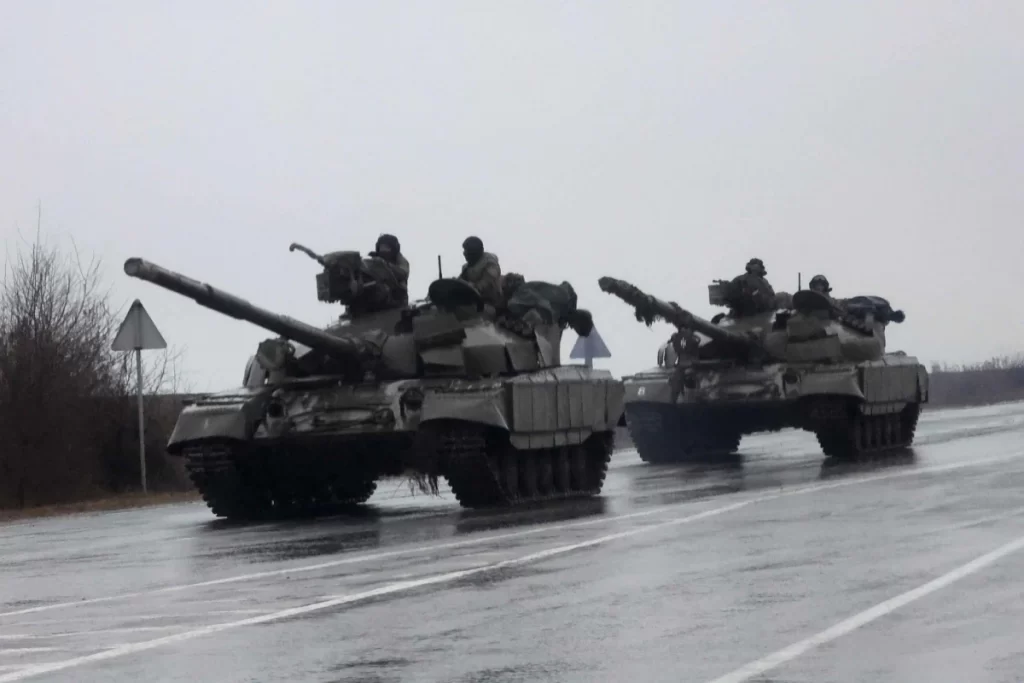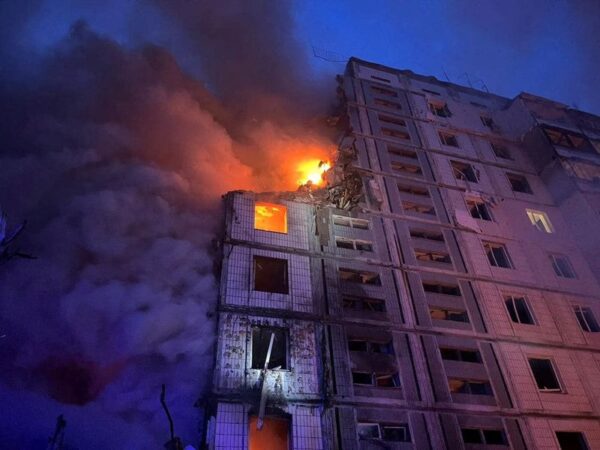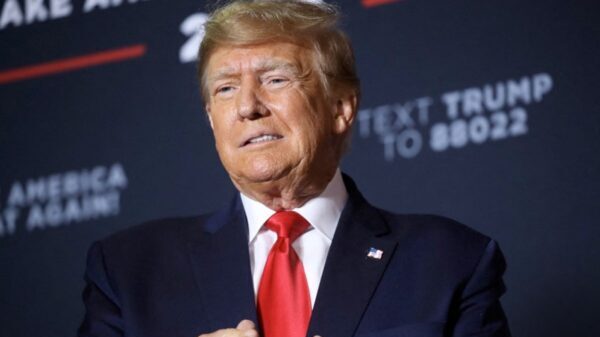
After Russian invasion to Ukraine, energy prices have skyrocketed, leaving many European countries by not sure their ability to meet demand in the medium to long term. While the potential supply of Russian cutting is at the highest point of all time, as it is now, the pipe continues to flow. Europe is the main Russian market for energy exports, and in turn, also the main source of income. Recognizing relationships that are interdependent, Western sanctions have passed through the Russian energy sector which resulted in the paradox where Europe seems to be in the gap of war with the Kremlin while continuing to trade with it in the main commodity market.
How much Europe depends on Russia
Russia is the second largest producer of petroleum in the world after the United States though, sometimes, its position fluctuates with Saudi Arabia. Russia produces almost 11 million barrels of crude oil per day, which is about half of the output used to meet domestic demand. About half of Russian oil output sent to European countries and other large pieces go to China Europe has more flexibility in terms of oil supply relative to natural gas. This is because gas requires complex infrastructure to store and transport while oil is easier to replace from other places. Many countries and regions of producing with the same quality in quality of Russian oil and OPEC usually maintain large backup capacity reserves. While Russia holds more leverage when it comes to natural gas, it produces far more than oil. In 2021, Russia received more than $ 110 billion from oil exports, doubled from its income from natural gas sales abroad Europe reaches a quarter of its energy from gas. In 2019, Russia provided 41 percent of the gas. With abundant gas reserves and extensive pipeline networks, Russia dominates the EU gas market, with the biggest source of the next block, Norway, counted 16 percent.
In 2021, energy prices increased due to limited inventories and over the past month, once again increased substantially. Spot price of natural gas in the title transfer facility in the Netherlands has traded highly all time and Brent crude prices, international benchmarks, reached the highest since 2014 Based on the prediction of energy prices, the IMF has estimated that the growth rate in developed countries will drop from 4.4 percent last year, to 3.5 percent in 2022. In addition, global consultations, capital economies warn that price increases can increase inflation by additional 2 percent, pushing rates in many countries up to 10 percent.
The dependency rate shows the extent to which the economy depends on imports to meet its energy needs. According to the US Energy Information Administration, in the EU in 2019, the level of dependence equal to 61 percent, which means that more than half of block energy needs are filled with clean imports (from all sources.) While some Estonian countries are almost fully isolated from Russian energy, Others, such as Malta and Luxembourg imported most of their energy, many of which come from Moscow. This is especially true for natural gas.
The supply of Russian natural gas to Europe is mostly consistent in the last decade while domestic production has decreased significantly. Brief period restrictions, especially during Russian annexation in Ukraine in 2014, natural gas supply to Europe remains quite consistent European natural gas production has declined continuously because production limits on key sites such as the Groningen field in the Netherlands along with other initiatives to remove gas in the region. This decrease is also the result of depletion of resources and decreasing output in the field of ripe north sea. While some of these policies are enacted to encourage a larger transition into domestic renewable energy production, it has resulted in increased dependence on Moscow.
As we see in the graph above, most sectors fail to diversify from natural gas, except the electricity sector that falls between 2010 and 2014 as a result of increasing renewable energy penetration in power plants. However, the country struggles to switch directly from coal to renewable energy, requires natural gas, reliable and efficient energy sources to fill the gap. Therefore, when Europe began retiring coal power plants in 2016, and in particular, because Germany retired nuclear power plants, consumption of natural gas in the European electricity sector increased Since 1965, Europe has greatly reduced coal and oil consumption but while renewable energy can explain some losses, it is clear that the gas has made a severe removal.
How does Russia turn off gas flowing European impact?
First, Ukraine is likely to be hit by the most difficult considering its dependence on Moscow both for energy and income through pipe costs. Moscow is no stranger to using energy as a geopolitical weapon in his battle with Ukraine. Until the mid-2000s, Ukraine received the same heavy gas delivery as when it was part of the Soviet Union but after the 2004 Orange Revolution denied the presidential pro-Russian candidate in Ukraine, Russia’s biggest gas producer demanded Gazprom that Ukraine pay full market rates Although Russian pipes almost exclusively passed Ukraine during the Soviet era, since then, Russia has invested in infrastructure that passed Kyiv. Especially, it built the Nord Stream pipe to provide Russian gas directly to Germany. Opening in 2011, the pipe reduced Russian dependence on Ukraine, and resulted in the loss of annual transit costs for the last of $ 720 million
In the past month, Russian gas flowing through Ukraine is very fluctuating with the peak and the lowest position in accordance with the conflict key date. Ukraine produced a $ 1 billion annual transit cost of Russian pipes and was very hit last year when gas was sent to Europe from a Russian pipeline down 25 percent The rest of Europe will also be destabilized if Russia inhibits or cuts supply. In the past, he had fulfilled his contractual obligations even during conflict but had stopped providing excess supply reliable by many countries in the winter months. This time, with a bullish Putin who was very bullish at the top of the leadership, the countries strengthened themselves to worsen When the conflict increased by 2021, European dependence on Russia declined and the LNG imports from other sources increased by 146 percent.
The European Union has said that it will be able to overcome the cut-off of the gas and has spoken with the US, Qatar, Egypt, Azerbaijan and other countries about the increase in the delivery of liquefied natural gas (LNG). Already, the export of LNG from the US has almost doubled between November 2021 and January 2022. However, there are two substantial problems by relying on LNG. First, considering the infrastructure requirements, it is far more expensive (up to 40 percent) than gas flowing through the pipe. This is because the first LNG must be converted into a liquid and then de-gas in the terminal, usually near the beach, before it can be used to power the house There are also shortcomings of acute supply. The largest exporter of LNG has been exported with full capacity and takes a long time to expand disbursement and export capacity, so the best short-term expectations of Europe are to get the cargo that exists for elsewhere. However, there is a high demand for natural gas in Asia as well, with China into the largest importer in the world.







